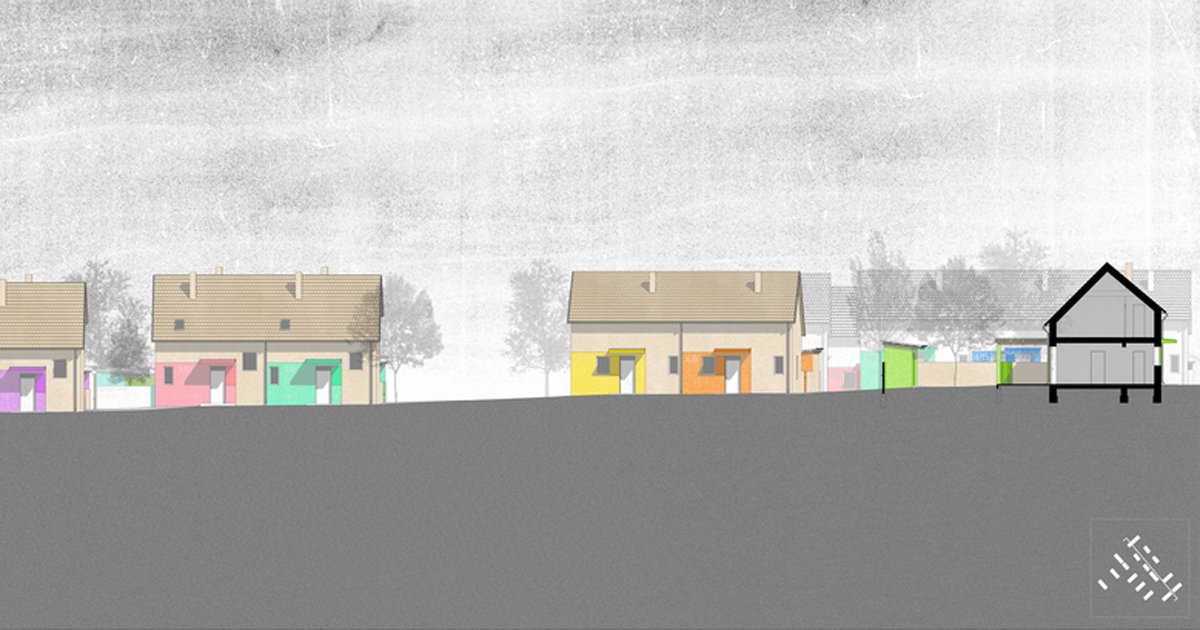
Location
In the small town of Monor (Hungary) lives a Romani community of approximately 500 people. They live together in a slum called Tabán. The population density of this area is ten times higher than that of its surroundings, and mostly there’s only electric power in the rickety huts they built for themselves. As a result of extreme poverty, chances are very low to ever break out. Bad living conditions, heart, lung and other serious diseases reduce life expectancy drastically. Only a few live to see their 50th birthday.
The Problem
Since there are more than 1600 slums like Tabán in Hungary, I was searching for general and widely adaptable solutions. Though the formation of slums did not originate from architectural causes, building can enhance development on many levels. But only by giving the right answers to crucial questions. What to build? Whom to build for? Whom to build with? How to build? When to build?
The Answer
Building together with the community can provide work for the unemployed and shelter for those in need. Organizing the environment while involving the people themselves changes the way they treat it. Seeing the result of common efforts increases self-confidence and solidarity towards each other. Admission to these new housings would be based on the family’s activity in the community and on the number of children going to school in the household. Their monthly rent would be given back to them later in order to buy a permanent home.